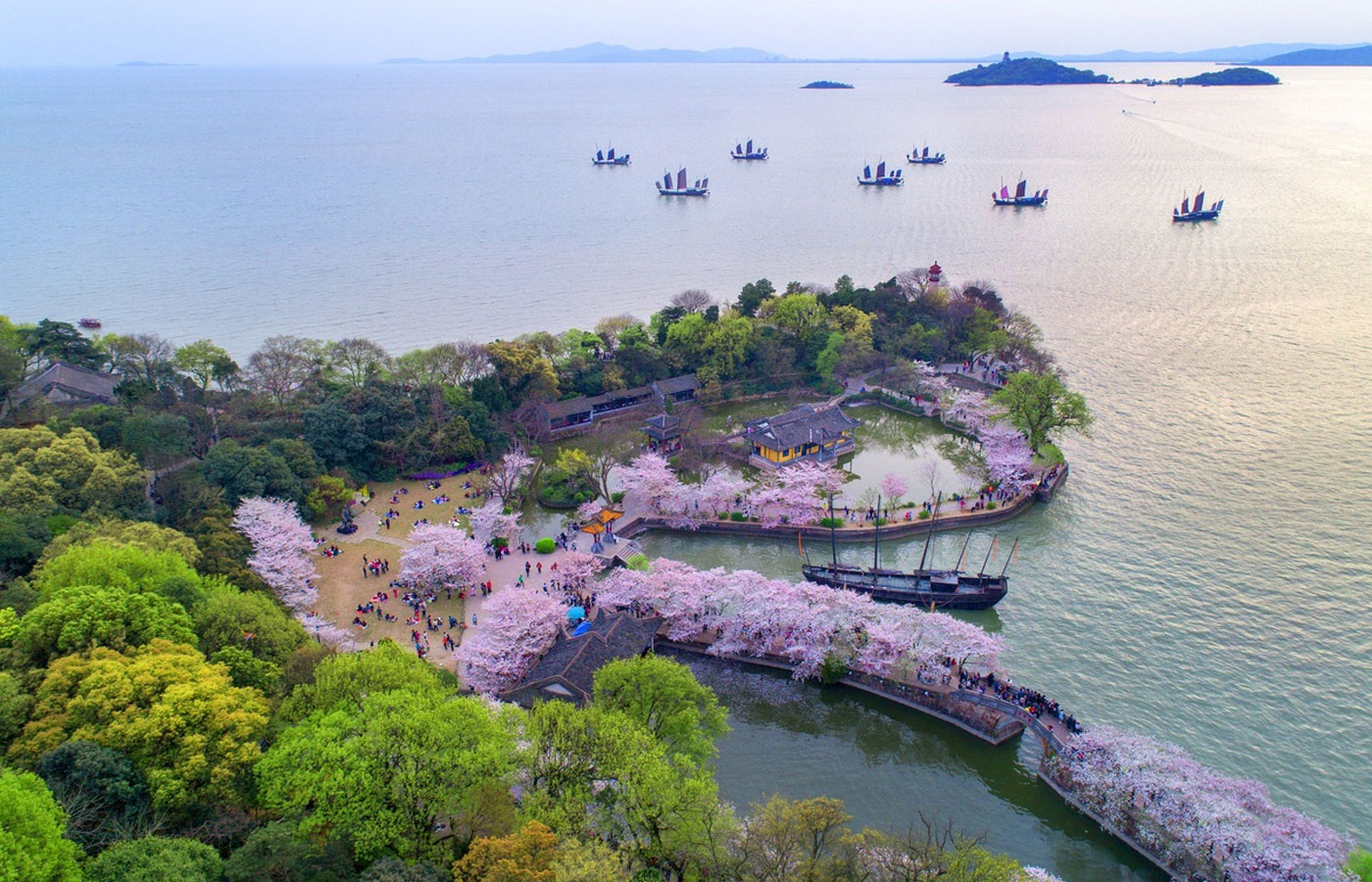While pundits not long ago were debating China’s rise, the emerging consensus is now heralding an end to the ‘China miracle’. China’s old model of credit-fuelled, investment-driven growth has been severely undercut by the real estate crisis, as well as weak consumption and export demand. But recent data suggests that recovery has regained momentum.
China’s real GDP growth rate in the first three quarters of 2023 reached 5.2 per cent year-on-year. Solar cell, service robots and integrated circuits production increased by 62.8 per cent, 59.1 per cent and 34.5 per cent respectively in October 2023. Infrastructure and manufacturing investments expanded by 5.9 per cent and 6.2 per cent in the first ten months, offsetting the 9.3 per cent contraction in real estate investment. Outside of the real estate sector, private investment grew by 9.1 per cent.
Consumption also saw a strong rebound, though exports fell by 6.4 per cent year-on-year in October 2023, marking a six-month consecutive decline in line with weak global demand and the trend towards deglobalisation. Still, China’s automobile exports will likely exceed four million units by the end of 2023 — a milestone in China’s industrial upgrading and its move towards the higher end of the value-added chain.
The real estate crisis has raised concerns about the Chinese economy, revealing the necessity of restructuring the highly leveraged and speculation-fuelled property sector. Beijing’s 2020 ‘three red lines’ policy aimed to accomplish this, with the current slowdown in the housing sector a deliberate policy choice.
While this adjustment will produce financial losses for investors and creditors, the financial risks will likely be contained for four reasons. First, direct bank financing for real estate developers accounts for 2.5–3 per cent of total bank loan balances, home buyers account for 80 per cent of housing related debt and the historical default rate for mortgages is only 0.5 per cent. Second, real estate prices are monitored by the government and housing price decline has been limited.
Third, unlike Japan in the 1980s, Chinese companies have not extensively used real estate as collaterals and unlike the 2008 US subprime mortgage crisis, China’s real estate industry has not experienced large-scale subprime lending or financialisation. Finally, as a large proportion of the real estate industry’s debt is domestic debt in renminbi, the People’s Bank of China and state-owned asset management companies can provide necessary liquidity or capital to support banks when needed.
The real estate sector’s balance sheet has shrunk by 1.7 trillion yuan (US$240 billion) — a mere 1.4 per cent of GDP. It is unlikely that the real estate sector will trigger a widespread financial crisis.
Going forward, the real estate sector will stabilise thanks to both supply and demand side policies. On the supply side, credit is selectively being directed to real estate developers to complete unfinished housing projects. On the demand side, recent relaxations in down payment for second or third properties, reduced mortgage rates, and a new property sales tax rebate are incentivising home buyers.
But the real estate sector will remain subdued due to slowing urbanisation and population growth. The challenge is to find alternative growth engines to replace the outsized investment in the real estate sector.
China must continue to invest in research and development and produce productivity-driven growth. China is now leading in many strategic technologies, such as new energy vehicles, artificial intelligence and 5G. As investment in the real estate sector falls, credit has been directed to the industrial sector to continue financing industrial production and innovation.
China must also continue to boost household consumption. Final consumption expenditure has contributed to 57 per cent of GDP growth in the past decade, though COVID-19 and property market readjustments have dampened consumption demand.
To encourage household consumption, China first needs to provide conditions for the private sector to create more jobs and raise wages. The Central Committee’s July 2023 31 Point Plan to promote the private economy’s growth may reassure entrepreneurs that the government will continue to provide them with financial resources and market access.
The central government should roll out a job guarantee program where jobs are created at the local level and funded by the central government. These jobs could hire youth and provide skills training to meet private sector demand, transitioning participants into private jobs when available. This will alleviate youth unemployment and bolster consumer confidence as income is secured.
The central government should also enhance financing support for local governments. While local government spending plays an important role in economic stabilisation, they continue to struggle with crippling debt due to the economic slowdown and limited land sales. The central government should consider significantly raising fiscal transfers to local governments to enhance their ability to spend counter-cyclically and manage debt. The recent issuance of one trillion central government bonds for fiscal transfers to local governments is a good first step, but the magnitude needs to be much larger.
Despite facing various challenges, China’s economy is still growing steadily and the government has multiple policy tools to guide and support the economy. It is premature at best to fan the flames of a ‘collapsing China’ narrative.
Yan Liang is Kremer Chair Professor of Economics at Willamette University, Oregon.
This article was originally published in East Asia Forum










